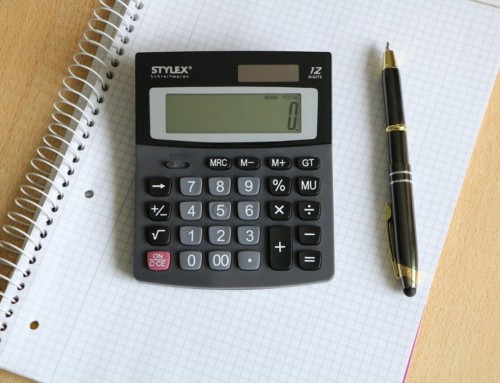
A simple cell in action
ZIMSEC O Level Combined Science Notes: Experiment: Changing chemical energy into electrical energy
Aim: To change chemical energy into electrical energy using a simple cell
Materials: 10 cm magnesium ribbon, strip of copper foil, dilute sulphuric acid/ethanoic acid, ammeter/lamp/torch bulb,connecting leads with crocodile clips, beaker
Method
- Set up the apparatus as shown above. The copper foil makes the positive(red) terminal and the magnesium ribbon makes the negative(black) terminal
- Roll the 10cm length of magnesium ribbon around a pencil to make a coil
- Dip both electrodes into acid to making sure they do not touch each other
Results and Observations
- Chemical energy is converted into electrical energy which flows through the wires
- It is then converted into light energy in the bulb or
- Kinetic energy which moves the arm of the ammeter
- No current flows if two magnesium ribbons are used
- The current stops flowing when one of the electrodes is used up
- Bubbles start to form on the copper plate
Conclusion
- Simple cells convert chemical energy into electrical energy
- This energy can be converted into other forms of energy
- The cell only works if two different metals are used as electrodes
To access more topics go to the Combined Science Notes page.







